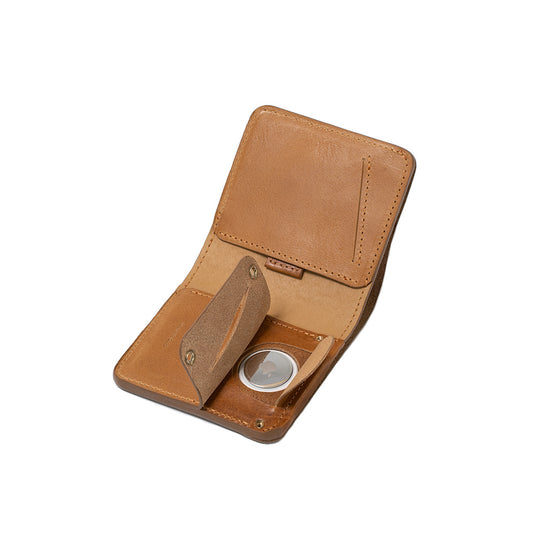The Apple Watch Series 8 includes a third-generation optical heart rate sensor that calculates metrics like calorie burn, resting heart rate, and an abnormally high heart rate, as well as an electrical heart rate sensor that can be used for electrocardiograms and blood oxygen monitoring via LEDs and infrared light. Other essential health-related capabilities, such as fall detection, are enabled via an integrated accelerometer and gyroscope.

The Apple Watch can detect a low heart rate, a high heart rate, and an irregular heart rate, as well as monitor for health issues such as atrial fibrillation and provide warnings when abnormalities are discovered.
Blood Oxygen Monitoring
The blood oxygen monitoring feature offered in the Apple Watch Series 8 is enabled through sensors on the rear of the Apple Watch. A healthy person's blood oxygen saturation is about 95 to 100 percent, and when that number dips below that, it might be an indication of a major health problem that requires quick care.
Photodiodes measure the quantity of light reflected back by green, red, and infrared LEDs that beam light onto the blood vessels in the wrist. The color of the blood is then calculated by Apple's algorithms, which indicates how much oxygen is there. The Series 8 can detect blood oxygen levels ranging from 70% to 100%.
ECGs
The Apple Watch's rear electrodes and the Digital Crown work together to allow users to do single-lead electrocardiograms. A doctor can use an ECG to diagnose health problems by measuring the electrical activity of the heart.
ECGs are recorded by placing a finger on the Apple Watch's Digital Crown and can identify a sinus rhythm (normal), an aberrant result, or, in rare cases, an inconclusive result that should be communicated with a doctor. At heart rates more than 100 beats per minute, the ECG can identify atrial fibrillation.
A single-lead ECG, such as the Apple Watch, has two points of contact to measure the electrical feelings of your heart. Clinical electrocardiograms performed by your doctor can have six to twelve leads for improved accuracy, but the Apple Watch provides the convenience of being able to conduct an ECG anytime and anywhere in around 30 seconds.
Sleep Tracking
The Apple Watch Series 8 models may be worn at night to track your sleeping patterns. It keeps track of when you're awake and asleep, telling you how much time you spent in the REM, Core, and Deep sleep periods. Sleep monitoring also tells you how frequently and for how long you wake up during the night.
Crash Detection
The Apple Watch Series 8 can detect a major automobile collision and warn emergency personnel thanks to updated motion sensors and an enhanced sensor-fusion algorithm. When a crash is detected, the Apple Watch will check in with the user and then contact 911 if there is no answer after a 10-second interval. It will also notify emergency personnel.

More about Crash Detection features
Temperature Sensors
To reduce outside bias, Apple introduced two temperature sensors to the Apple Watch Series 8, one that detects the temperature at the wrist and one that measures the ambient temperature in the air.
The temperature sensor is utilized for the Depth app, but its primary goal is to improve the health of women. When the wearer is asleep, it may gather temperature measurements every five seconds and aggregate the data in the Health app. Temperature changes can offer information about overall health, but they can also help with fertility planning.
The Apple Watch Series 8 may provide retroactive ovulation estimations, letting users know when they may have ovulated in order to improve cycle monitoring. Temperature sensors, according to Apple, will help enhance period forecasts for individuals who menstruate.








